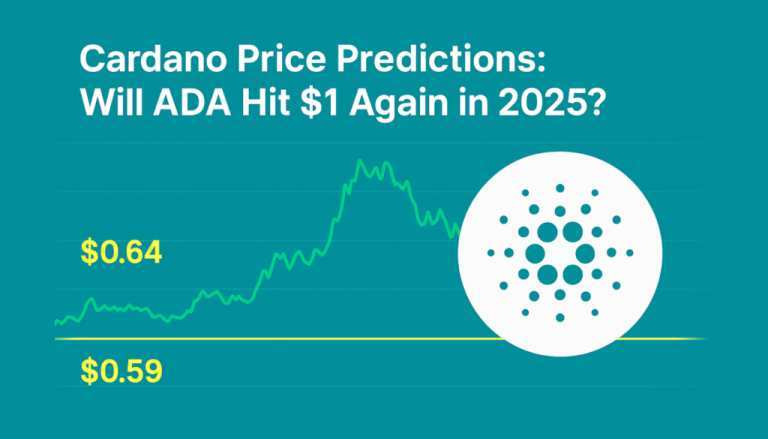ADA Price Correlation with Bitcoin and the Broader Market
In the world of cryptocurrency, Bitcoin is often referred to as the market leader. Its price movements set the tone for nearly every other digital asset, including Cardano’s ADA. While each project has its own fundamentals, the reality is that most altcoins exhibit some level of price correlation with Bitcoin. Understanding how ADA vs BTC plays out in terms of price trends, sentiment shifts, and market timing can offer valuable insights for traders and long-term investors.
Cardano is a Layer 1 blockchain with a unique approach to scalability, decentralization, and governance. Despite its strong foundation and active development roadmap, ADA often moves in tandem with the broader crypto market. This is partly because Bitcoin acts as the primary entry point for capital flowing into the crypto space. When BTC rallies, confidence in altcoins rises, leading to increased liquidity and upward momentum across the board. Similarly, when Bitcoin dips sharply, altcoins like ADA often follow — sometimes with even more volatility.
Historically, the ADA price movement has mirrored Bitcoin’s broader cycles. During the 2020–2021 bull run, ADA surged from under $0.10 to over $3.00, closely tracking Bitcoin’s rise from $10,000 to $60,000. This correlation isn’t coincidental. Institutional interest, retail FOMO, and macroeconomic optimism all tend to start with Bitcoin and spread outward. Once Bitcoin reaches a level of stability or enters a consolidation phase, investors begin rotating into altcoins, seeking higher returns. ADA typically benefits during these rotations, often outperforming BTC on a percentage basis during peak altcoin seasons.
But ADA is not just a follower. There are periods where Cardano market trends diverge from the Bitcoin narrative. For example, when Cardano launched smart contract functionality in 2021 through the Alonzo upgrade, ADA saw a price spike that outpaced most other altcoins, including BTC. This shows that network-specific developments can temporarily decouple ADA from broader trends. Announcements related to partnerships, upgrades, or staking innovations often trigger such moments of relative independence.
Even so, over the long term, ADA’s price remains heavily influenced by macro factors affecting the entire crypto space. Regulatory developments, global interest rate changes, and liquidity shifts impact the risk appetite of crypto investors as a whole. When risk-off sentiment takes over, ADA often retreats alongside BTC and other assets. Conversely, during market upswings driven by ETF approvals, institutional inflows, or improved regulation clarity, ADA usually rises with the tide.
Technical indicators also show the tight relationship between ADA and BTC. Many traders use the ADA/BTC pair to track relative strength between the two assets. When this ratio increases, it suggests that ADA is outperforming Bitcoin, often during bullish altcoin cycles. When it decreases, BTC dominance is growing, and investors may be seeking safety in the largest and most established asset. Monitoring this ratio helps traders decide when to shift focus between ADA and Bitcoin depending on market conditions.
ADA’s volatility also tends to be higher than Bitcoin’s, especially during transitional phases in the market. This is both a risk and an opportunity. Traders may capitalize on these swings, while long-term holders need to be prepared for sharper corrections. The Cardano network’s ongoing development and its expanding ecosystem offer underlying strength, but its price remains influenced by broader sentiment and the gravitational pull of Bitcoin.
In conclusion, ADA’s price is deeply tied to Bitcoin and the broader market, but not exclusively. While Bitcoin sets the pace, Cardano has shown it can carve out its own narrative during moments of innovation and adoption. For investors, understanding this balance — between correlation and independence — is crucial for navigating ADA’s price action and recognizing when it may be poised to lead or follow in the next market cycle.










